This bean needs a longer growing period so start these indoors in mid-May to early-June. These are ancient Asian legumes, commonly grown as a pulse or dried bean but also sometimes used fresh. They have been cultivated for centuries in China and Japan as well as other countries in the East. The plant itself grows 30-60 cm in height, producing yellow flowers followed by clusters of pods. Young tender pods can be picked early and used much as you would use snap peas. These beans are excellent for container growing but they enrich the soil significantly so you may want to sow them outdoors in beds or your main garden area. Adzuki beans are linked to several health benefits, ranging from heart health and weight loss to improved digestion and a lower risk of diabetes. An average plant can produce up to 120 pods.
- You cannot add "Winter Density Romaine Lettuce-100 Seeds" to the cart because the product is out of stock.
Adzuki Beans-30 Seeds
$2.25
Out of stock
Out of stock
Notify me when the item is back in stock.
Description
QUICK FACTS
Start indoors
Green beans
Long thin beans
Open-pollinated
Matures in 95 days
Superfood
Sow, mid-May to early-June in peat pots or low tunnel 2.5 cm deep removing tunnel when the soil reaches 16 C. (Late June). Plant at 2.5-5 cm apart in-rows spacing with 25 cm between rows. Keep soil consistently moist but take care not to overwater. For dry beans, pull entire plants and allow them to after-ripen before processing. Collect seeds from plants with pods that are fully dry, but before pods shatter. Shell by hand or by walking on the dry pods. (This is a great job for children.) Test for dryness with a hammer – dry beans shatter, moist beans squish.
Often grown as sprouts or microgreens, these beans do not need to be soaked before cooking. Organic Adzuki Beans are small, oval beans that are reddish-brown in color with a thin, white line down the side. Adzuki Beans are about 1/4 inch long with a nutty, sweet flavor and firm texture. This is a bush bean rather than a vine bean. Adzuki beans are native to East Asia and were brought to the U.S. in the mid 19th century. Long term emergency food storage.
They are susceptible to flea beetles so use interplanting with catnip and basil can be helpful.
Remember all members of the legume family should be inoculated prior to sowing.
An inoculate is easy to make and lasts for a year or more.
Get your recipe here
Only logged in customers who have purchased this product may leave a review.


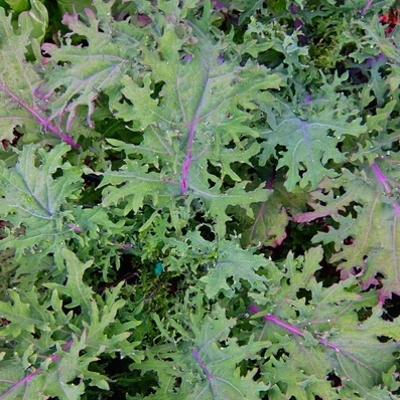
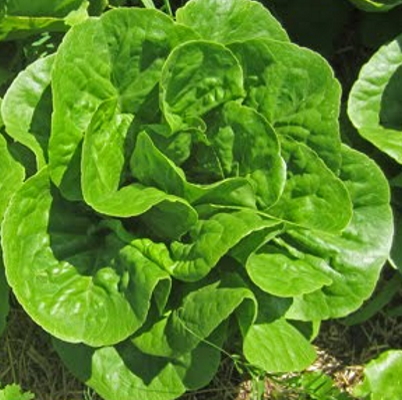
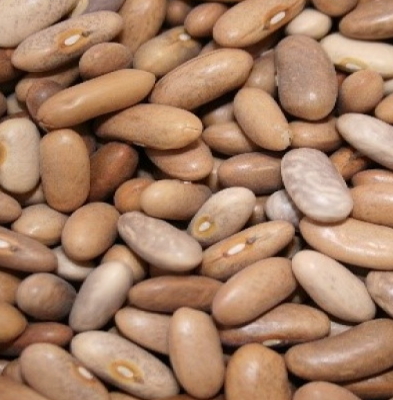
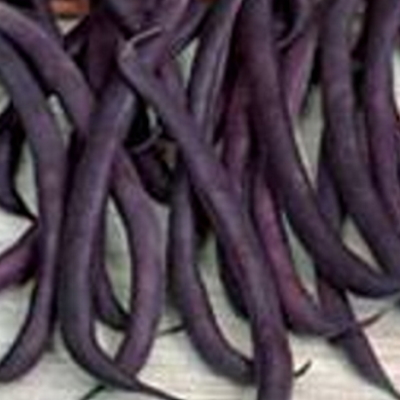
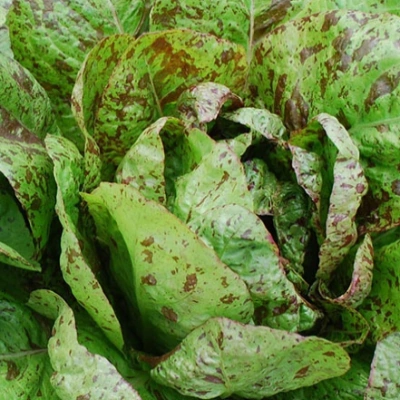
Reviews
There are no reviews yet.